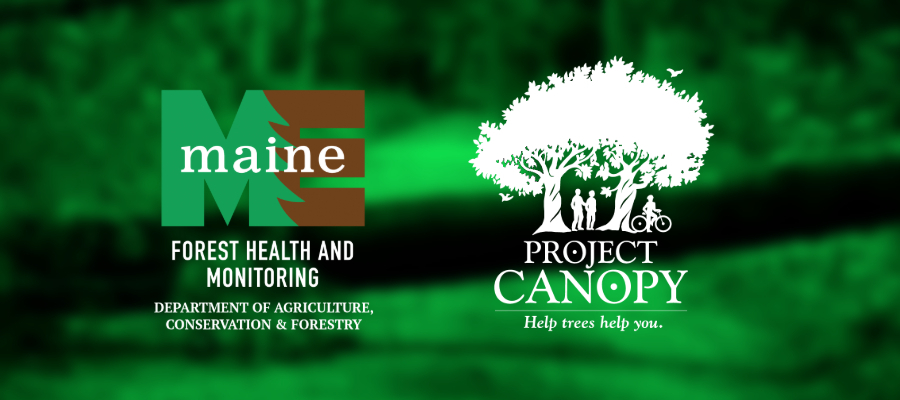|
View as a webpage / Share
|
 
|
Maine Forest Service
|
**Responsible Storm Cleanup Advisory**
Augusta, MAINE - After power and other utilities have been restored, property owners often face the challenge of what to do with storm-damaged trees. To assist with this, Project Canopy, a Department of Agriculture, Conservation and Forestry (DACF) and Maine Forest Service (MFS) program, offers valuable guidance and helpful tips to property owners with questions about handling downed trees, limbs, and branches.
Trees and Branches Around Homes and Power Lines:
-
Homeowners are encouraged to promptly address downed trees and branches, especially those affecting homes and power lines.
-
For trees entangled with power lines, it is essential to contact local power companies for assistance. Even if a fallen limb is not near power or utility wires, it's advisable to rely on professionals to assess the extent of the damage before attempting repairs or removal.
-
For trees or large branches threatening or impacting homes or businesses, enlist the help of a reputable licensed arborist to take care of cleanup.
Injured Trees Requiring Climbing or Chainsaw Work:
-
In cases where storm-damaged trees require climbing or chainsaw work, homeowners are urged to work with licensed arborists. Arborists in Maine are required to be licensed. A license indicates that an individual is properly trained, has passed exams, and holds the required insurance. Arborists are trained tree care professionals with the skills to evaluate and rectify storm-damaged trees. They can determine how much of a tree can or should be salvaged.
-
Beware of fly-by-night emergency tree-cutting services, and always request proof of licensing, insurance, and references. The DACF Division of Animal and Plant Health Arborist Program provides more information about working with arborists.
Protecting Maine's Forests:
The Maine Forest Service stresses that woody debris from storm damage may harbor harmful insects or diseases that threaten our forests. Transporting this debris can unintentionally spread pests to new areas.
- In addition to the risks it brings to our environment and economy, violation of rules governing debris movement jeopardizes eligibility for federal aid in the event of a disaster declaration.
-
Be aware of Maine's four State forestry related quarantines and the additional federally regulated quarantine pest. The quarantines may impact the movement of some woody storm debris, such as ash trees from within the Emerald Ash Borer Regulated Area, larch from areas within the European Larch Canker quarantine, and hemlock branch or top material from regions within the Hemlock Woolly Adelgid quarantine. Use this searchable town list, to determine quarantine status: Quarantine Information: Forest Health and Monitoring. CSV files are available as downloads for use in GIS software.
-
Severe storms can also reveal the presence of invasive forest pests like the Asian longhorned beetle or hemlock woolly adelgid. If you suspect damage from such pests, take photos and share them with the MFS to aid in pest management efforts.

Storm Preparedness Resources:
In addition to responsible storm cleanup, being prepared for future storms is vital. Here are some resources to help you stay informed and ready:
For media inquiries or additional information, please contact: Jim Britt
|
|
|
Maine State Government is an equal opportunity provider and employer.
   
Manage Preferences | Unsubscribe | Help | Credits | Contact Us
|
|